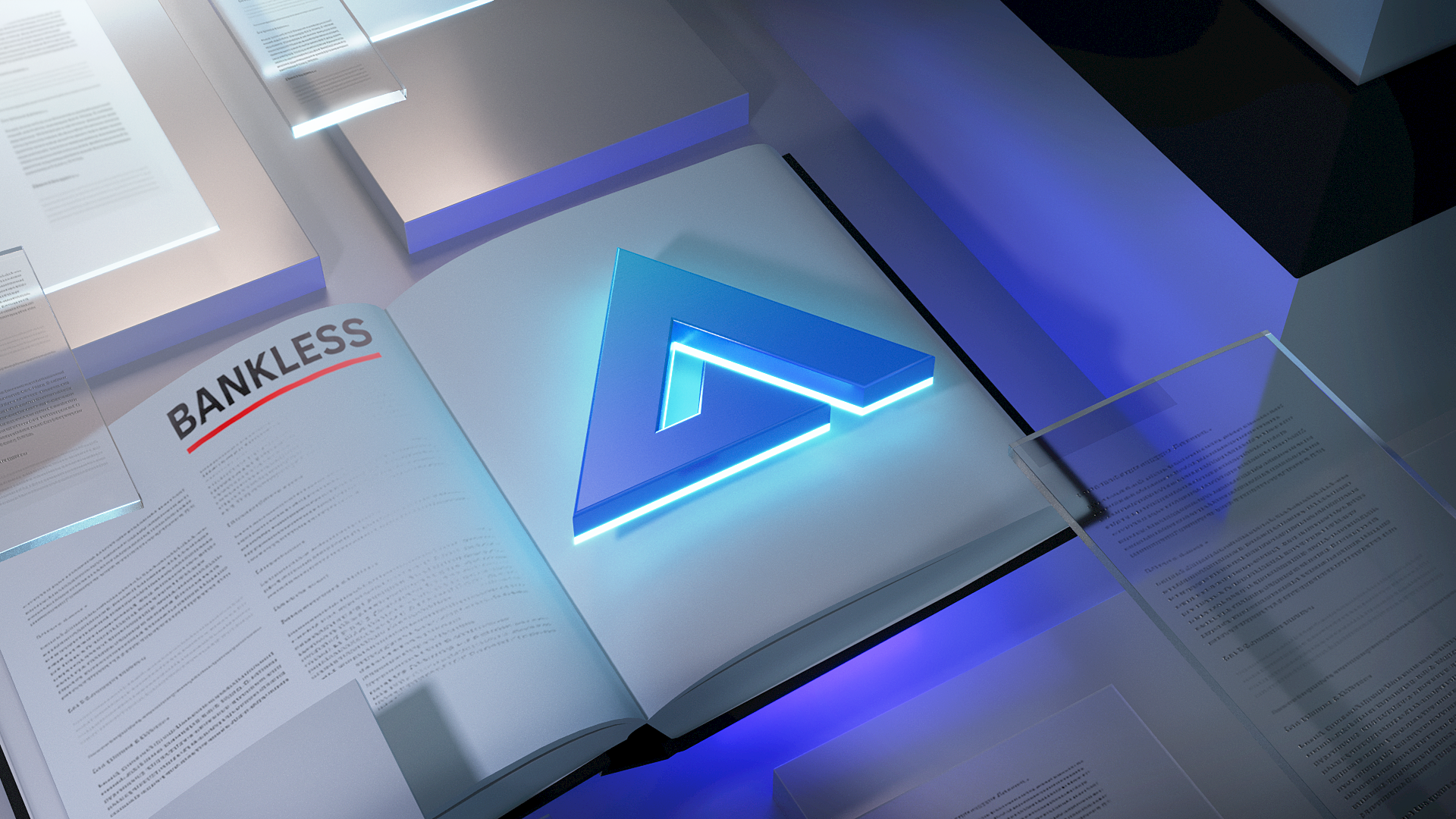The Bankless Guide to GMX

GMX is a decentralized spot and perpetual exchange that offers low swap fees and minimal price impact trades. It operates on Arbitrum and Avalanche, providing users with an efficient avenue for trading and earning on tokens and derivatives.
Key takeaways
- GMX offers spot trading, leveraged perpetual trading, and liquidity providing opportunities.
- The platform uses unique multi-asset pools and dynamic pricing supported by Chainlink Oracles.
- GMX relies on bespoke features like GMX Liquidity Vaults (GLV) for enhanced capital efficiency.
- As of September 2024, GMX has a total value locked (TVL) of over $480 million across Arbitrum and Avalanche.
What is GMX?
GMX is a decentralized exchange (DEX) that specializes in both spot and perpetual futures trading. It aims to solve common issues in decentralized trading, such as high fees and significant price slippage, by utilizing unique multi-asset pools and advanced pricing mechanisms.
The platform supports a wide range of trading pairs and allows users to trade with up to 100x leverage on certain assets. GMX also offers opportunities for liquidity providers to earn rewards through various mechanisms, including market making, swap fees, and leverage trading fees.
How does GMX work?
GMX operates through a handful of key components:
- Multi-Asset Pools — These pools contain a variety of assets, allowing for efficient trading and liquidity provision.
- Dynamic Pricing — GMX uses Chainlink Oracles and aggregates prices from leading exchanges to ensure accurate and manipulation-resistant pricing.
- Leveraged Trading — Users can open long or short positions with up to 100x leverage on supported assets.
- Liquidity Provision — Users can provide liquidity to earn fees and rewards, with options for both traditional liquidity pools and the new GMX Liquidity Vaults (GLV).
- Tokenomics — The ecosystem includes the GMX governance token, the GLP liquidity provider token, and the new GM tokens associated with GLV.
Why GMX?
GMX offers several advantages over centralized derivatives platforms.
Firstly, GMX operates without intermediaries, giving users full control over their funds. All transactions and pool states are visible on the blockchain, and as a DeFi protocol, GMX can readily integrate with other decentralized applications.
Additionally, the introduction of GLV and multi-asset pools provides unique opportunities for traders and liquidity providers, allowing for more efficient use of capital compared to traditional liquidity pools and opening the way to competitive trading fees.
How to invest in GMX?
The primary way to get involved is by acquiring the GMX token, which serves as both a utility and governance token for the platform. As of September 2024, GMX is trading around $26 per token, with a market capitalization of nearly $250 million.
You can purchase GMX on various decentralized exchanges where it is listed, or you may earn it through rewards while actively using the GMX platform.
Once you have acquired GMX, you can stake it to earn more rewards. Staking allows you to receive ETH rewards generated from platform fees—70% of these fees are distributed to GMX stakers. In addition to ETH rewards, stakers earn escrowed GMX (esGMX), which vests linearly over a 365-day period. This means that as you hold esGMX, it gradually converts back into GMX over time.
Moreover, staking GMX or esGMX also earns you Multiplier Points, which enhance your esGMX rewards. These points can be burned to receive GMX tokens immediately, providing an additional layer of flexibility in how you manage your investment. However, it’s important to note that staked GMX and esGMX come with a 15-day cooldown period for unstaking, and there is a 0.1% redemption fee when converting esGMX back into GMX.